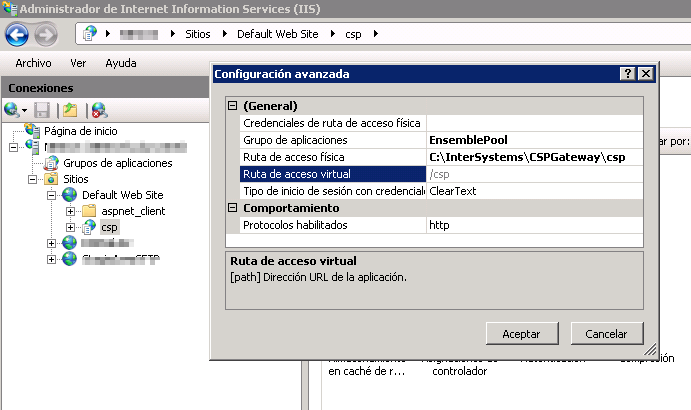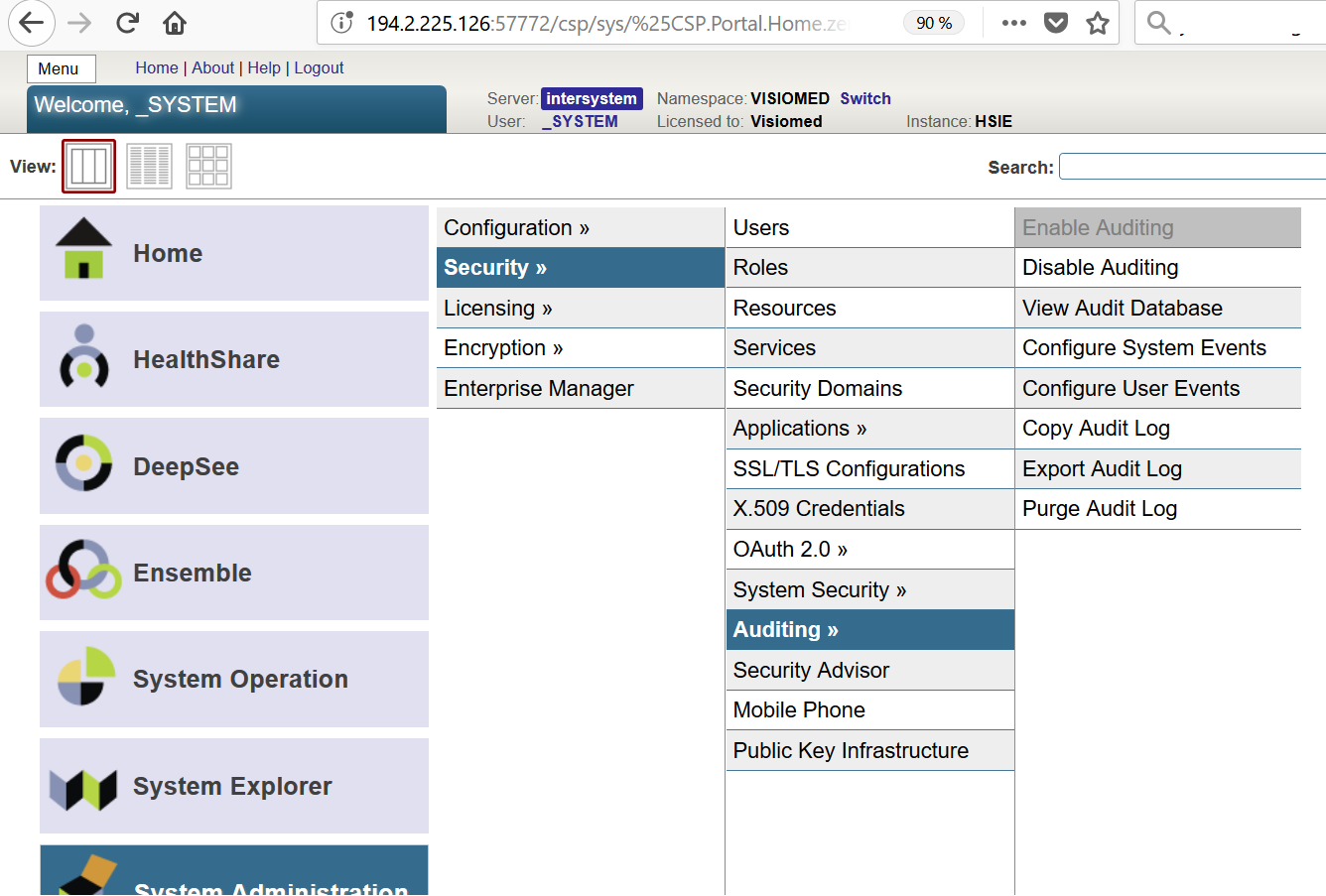I have an interface that does not send me specific ID's, so I am scanning the AIL3.2 (Text) field for certain characters. The Routing rule is getting pretty big with all the OR statements. Is there a way that I can define what I am searching for in the data lookup table, and not have to scan the whole field that it does by default? Is there a way that I can simplify this?



